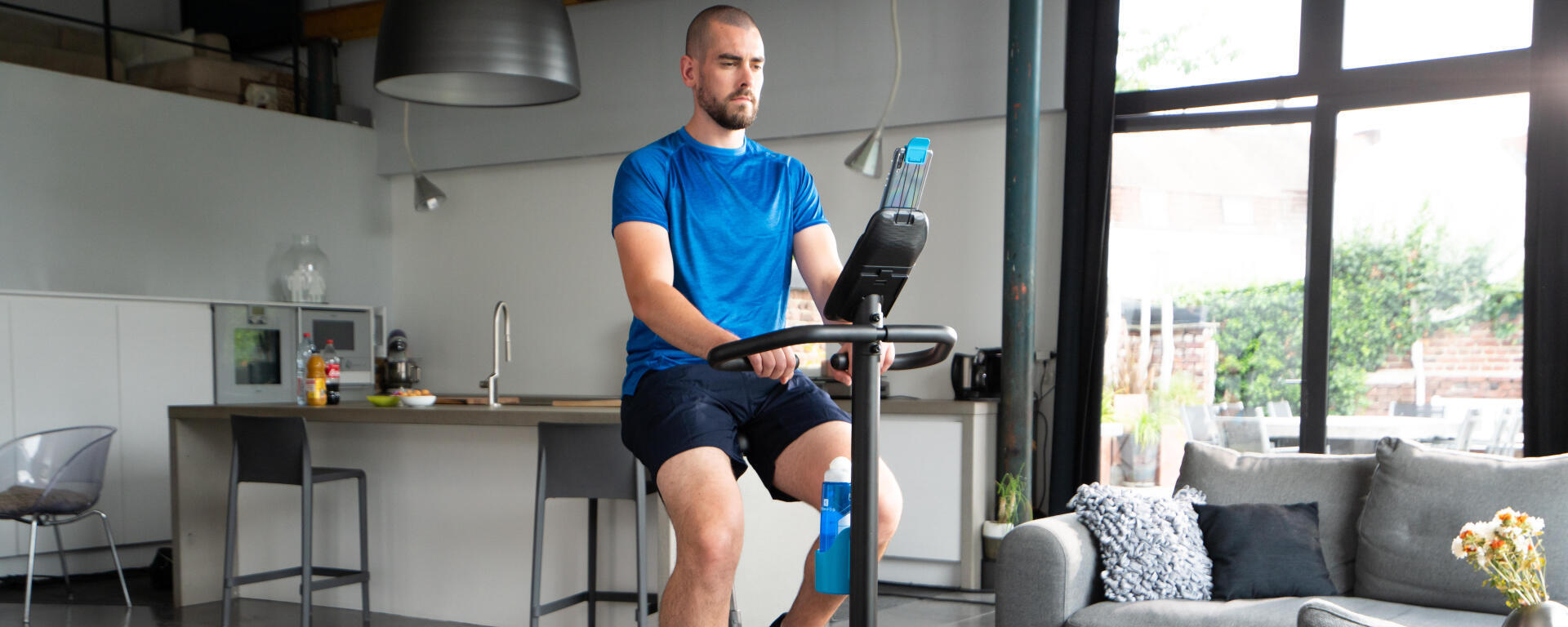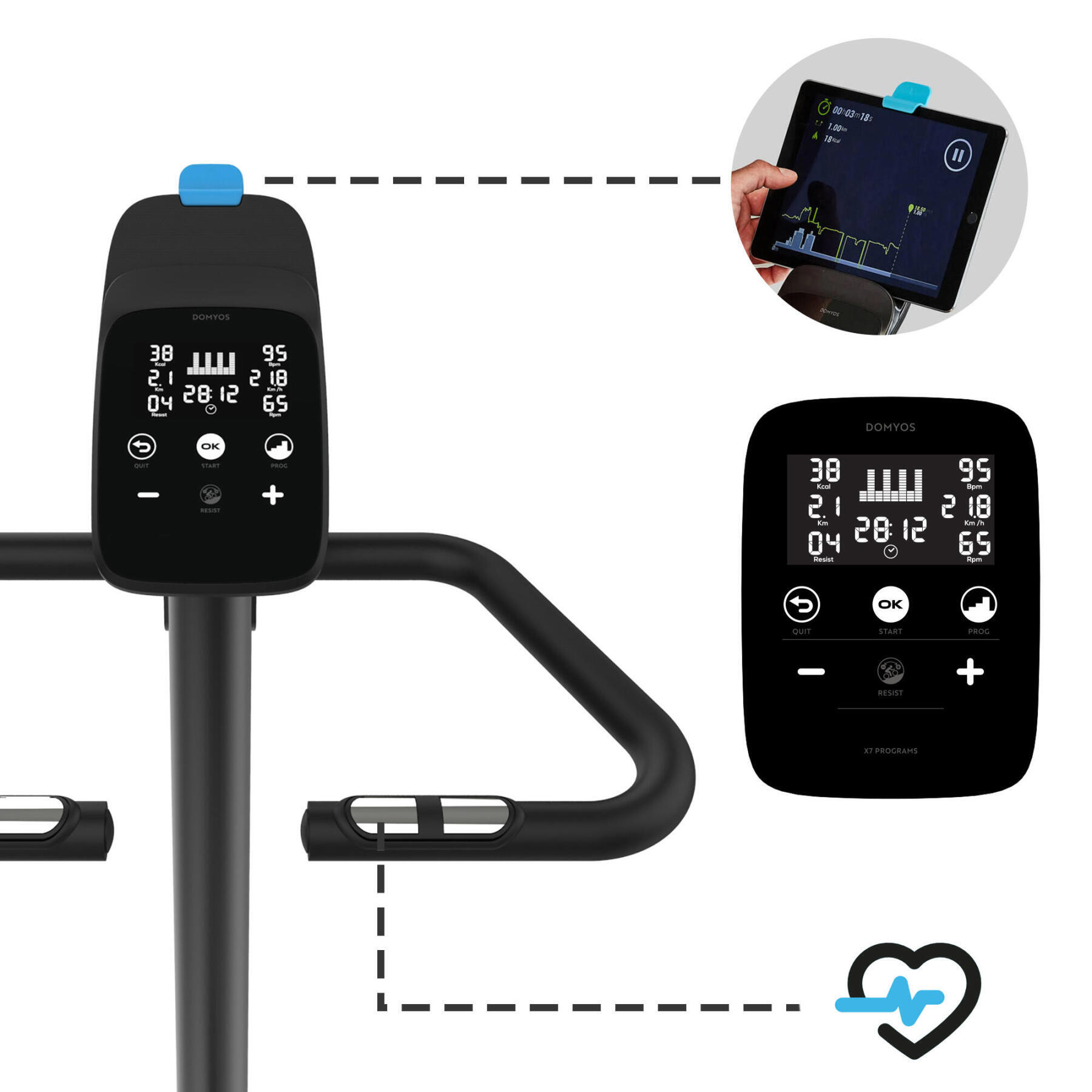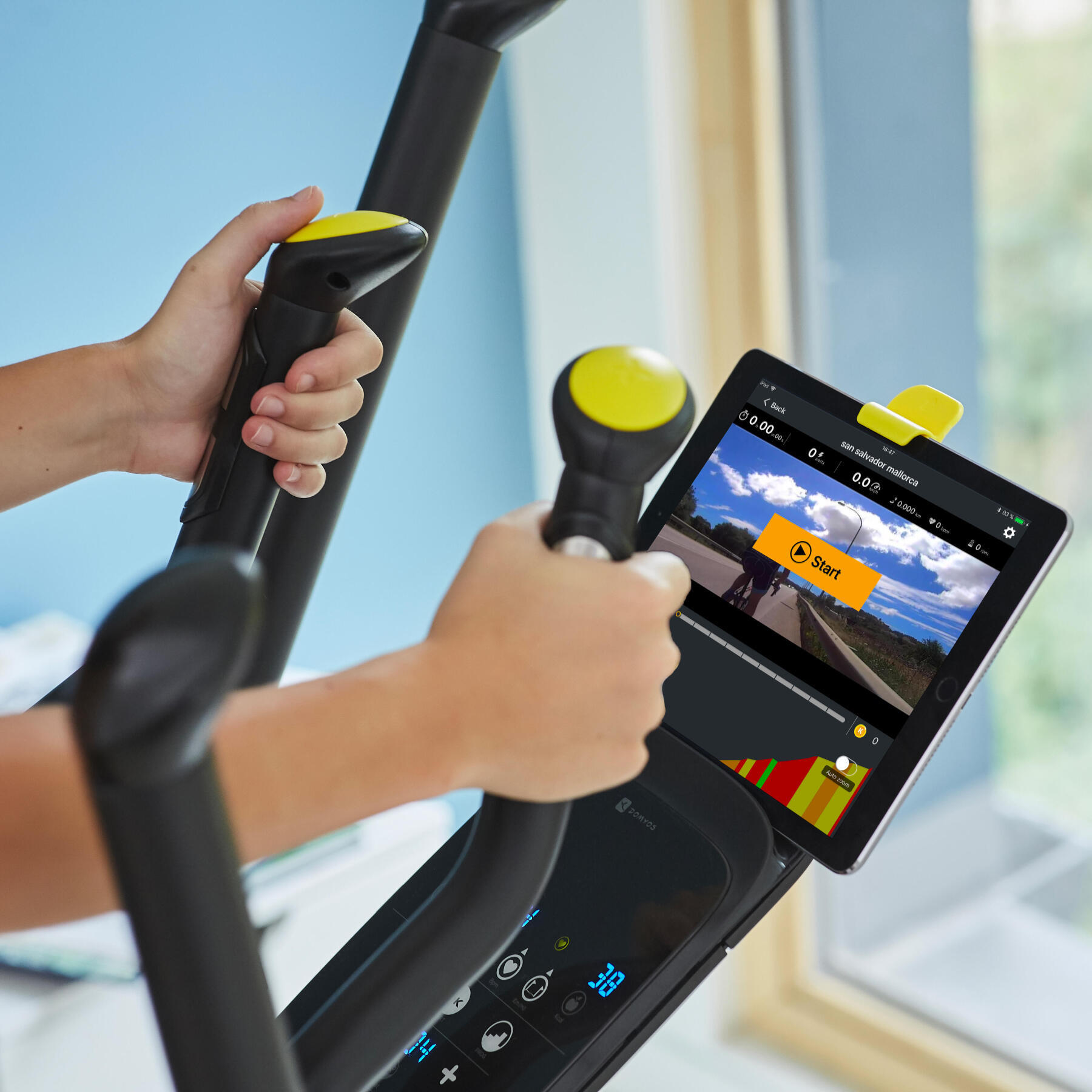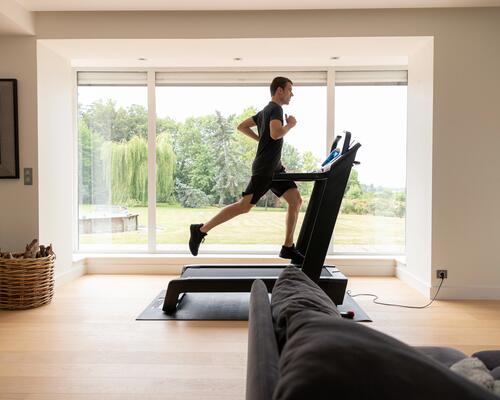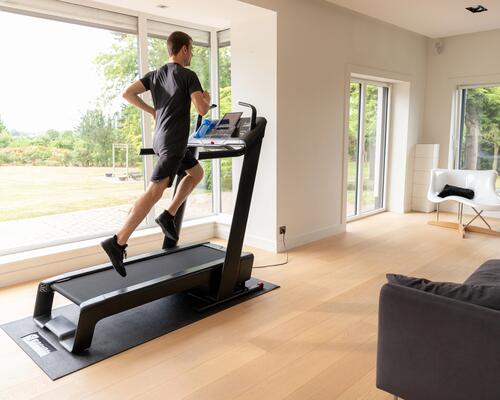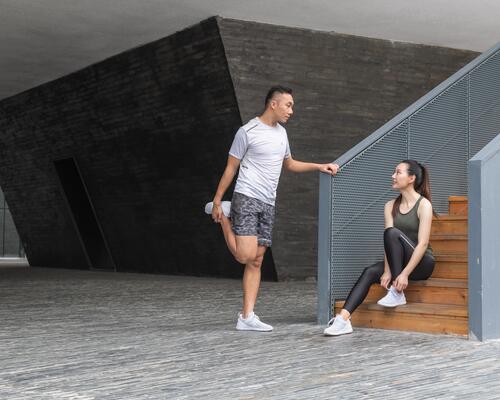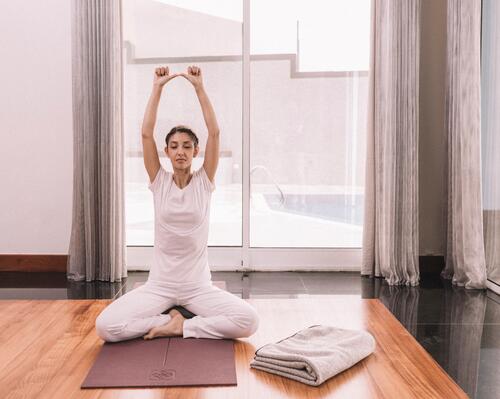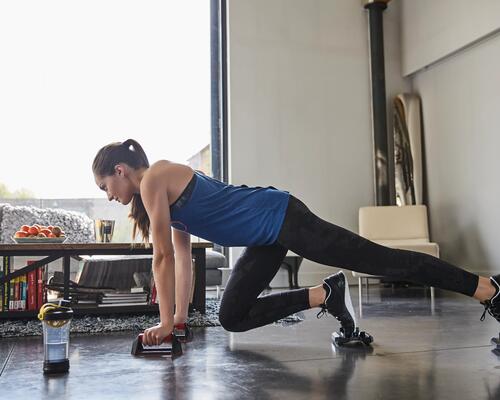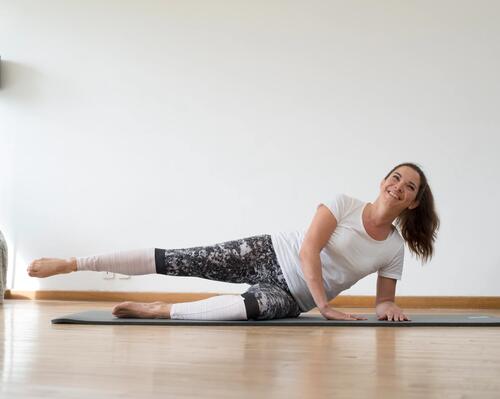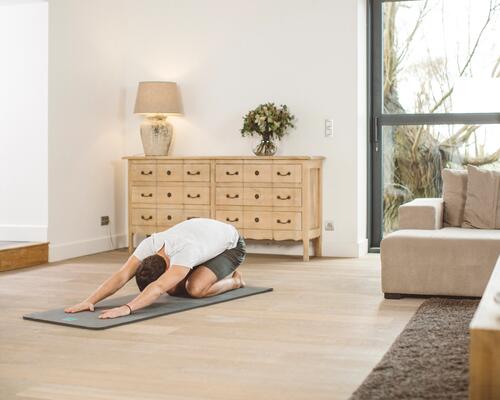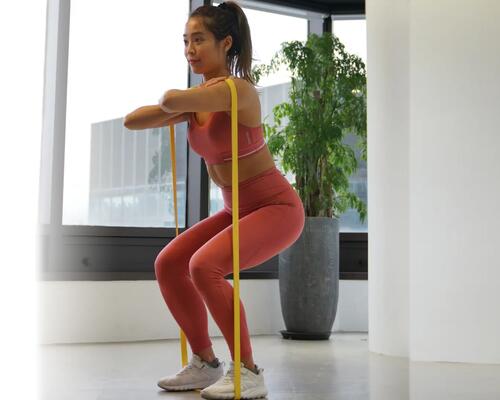5 Benefits of an exercise bike
1. It's exquisite for stamina and endurance.
You can build up a healthy heart by extending your training session on an exercise bike.
It is also great for strengthening and toning your back, arm and leg muscles.
2. Helps in reducing stress and improving the functionality of the brain.
Studies have proven that periods spent on the bike helps improve cognitive function, memory and attention.
Additional benefits include the release of endorphins, regulation of mood, and a form of des-stressing.
3. A marvel for weight loss.
Regardless of the intensity of your workout, as long as you are training on an exercise bike, you will have a better result in calorie burning than going for a walk.
Also, having routine workouts on an exercise bike also reduces the risk of type 2 diabetes and lowers cholesterol.
4. Superb low impact training.
It is well known for using exercise bikes during injury rehabilitation as it helps to strengthen the joints without shock.
Therefore, it is an extra gentle workout.
5. It’s also astonishingly convenient.
What other exercises can help you cover such long distances whilst remaining on the same spot?

